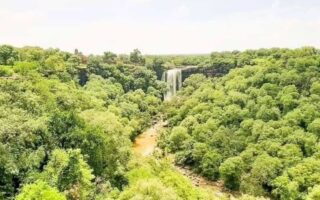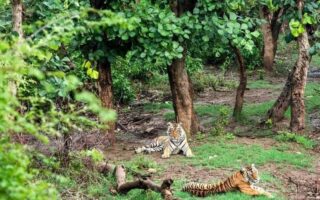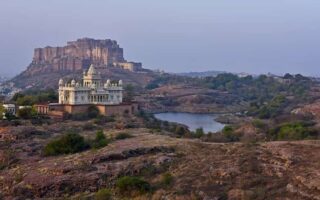Rajasthan is very well-known for its vibrant culture and rich heritage. Along with the historical significance, the place has a unique flora and fauna as compared to other states in India. Due to its geographic and topographic condition, National Parks in Rajasthan is very unique as they show the natural diversity. These kinds of bio-diversity can be only found in the Deseret.
The place has unmatchable bio-diversity on each step and you can also see big difference or variation in the land. Apart from that, there are many wildlife sanctuaries and National parks in Rajasthan to feel a unique wildlife experience. So check below-mention wildlife reserve and parks in Rajasthan with detailed information and explore the unique flora and fauna.
Ranthambore National Park
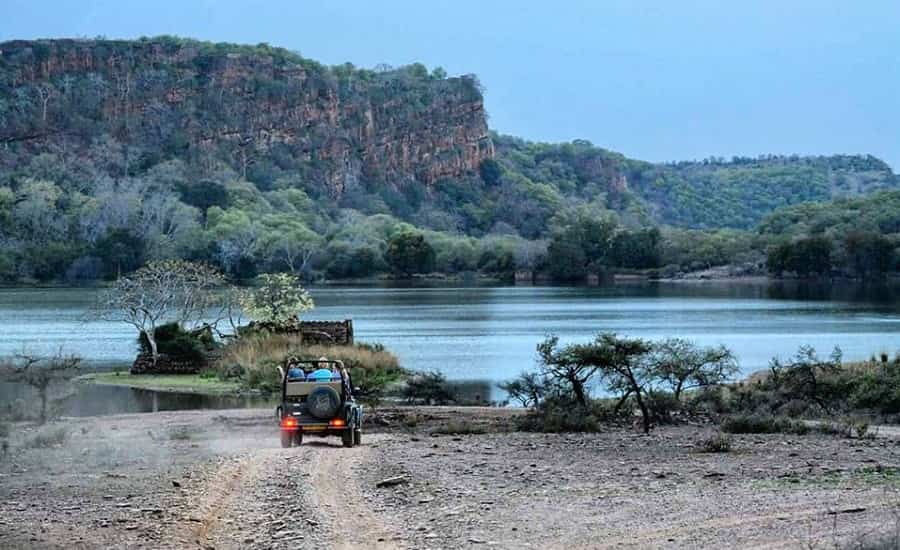
Considered as one of the largest national parks in north India, Ranthambore National Park is a haven for wildlife enthusiasts and nature lover. Spread an area of 390 sq km, it is home to a large variety of flora and fauna. It was established as Sawai Madhopur Game Sanctuary in 1955 and later it comes under the Project Tiger scheme in 1973. After a few years, it declared as the National Park in 1981.
The park is famous for its Royal Bengal Tigers that are only a few left in India. Apart from wildlife animals, there is about 360 species of resident and migratory birds here. Some of the famous wildlife species that you can spot here like chitals, sloth bears, hyenas, sambars, wild boars, Nilgai, leopards and tigers. Further, you can find a large variety of trees, plants and reptiles at this park. One can also take a Jeep Safari to explore this beautiful location from the closet.
Sariska National Park & Tiger Reserve
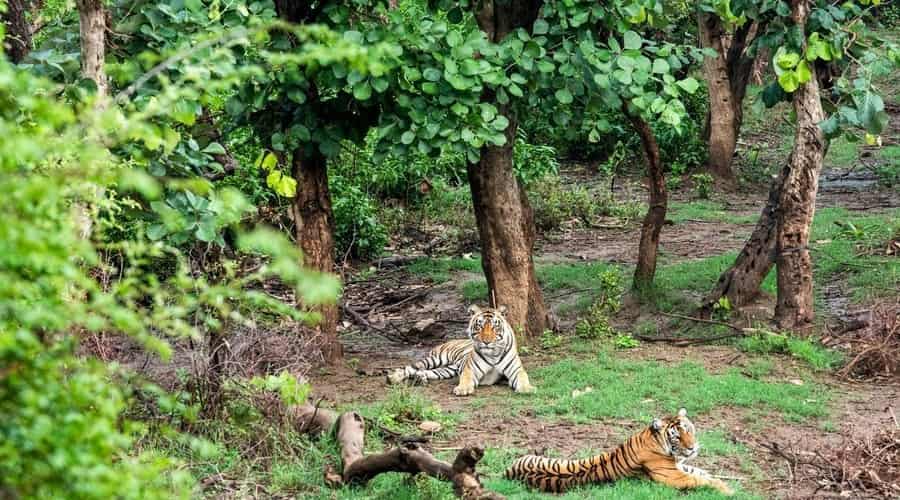
Located in Alwar district of Rajasthan, Sariska National Park is another famous wildlife reserve in Rajasthan. It was used as a hunting ground by the Maharaja of Alwar and now also a part of Tiger Reserve under ‘Project Tiger’ in 1978. The park spread an area of 850 sq km and it has arid forests, rocky landscapes, tropical forest, grasslands, dry deciduous forests, rocks and hilly cliffs. Further, the park is very famous for having Royal Bengal Tiger that relocates here from Ranthambore under ‘Tiger Project’ scheme.
Further, it is home to a large number of wildlife animals like Hanuman langurs, hares, wild boars, chousingha or the four-horned antelope, chinkara, nilgai, sambhar and golden jackals. It is also a habitat of some beautiful bird species like crested serpent eagle, golden backed woodpecker, tree pie, sand grouse, bush quail, grey partridge etc. In 1982, Sariska Wildlife Reserve declared as a National Park, which is one of the best national parks in Rajasthan that attract a large number of tourist every year. Along with wildlife experience, one can also explore some historical sites here like Kankanwadi Fort, Hanuman Temple and Pandupol Hills.
Kumbhalgarh Wildlife Sanctuary
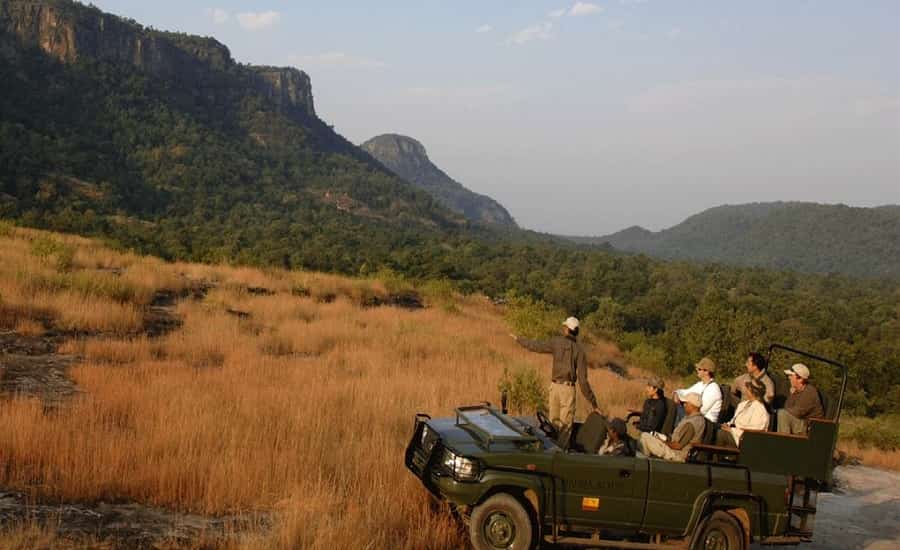
Kumbhalgarh Wildlife Sanctuary located at a distance of 65 km from Udaipur and it lies in Rajsamand district of Rajasthan. Spread an area of 578 sq km, it stretches across the Aravalli range, hence contains a large variety of flora and fauna. The sanctuary surrounded by Kumbhalgarh Fort, thereafter its named so. Originally it was a royal hunting ground and later in 1971, it declared as a wildlife sanctuary. The sanctuary boasts some rare species of wild animals like chinkaras, four horned antelopes, nilgai, sambar, jungle cats, hyenas, sloth bears, leopards and hares.
Apart from that, you can find almost 200 birds species here including grey jungle fowl, peacocks, doves, white-breasted kingfisher, bulbuls, pigeons, golden oriole and parakeets. With endless natural beauty and scenic atmosphere, it also offers some adventure activity such as Jeep Safari, Horse-ride Safari and trekking. A beautiful river Banas also flow through this Sanctuary, which is the main source of water. Overall, it has a large variety of flora and fauna that makes it one of the best Wildlife Sanctuary in Rajasthan.
Desert National Park
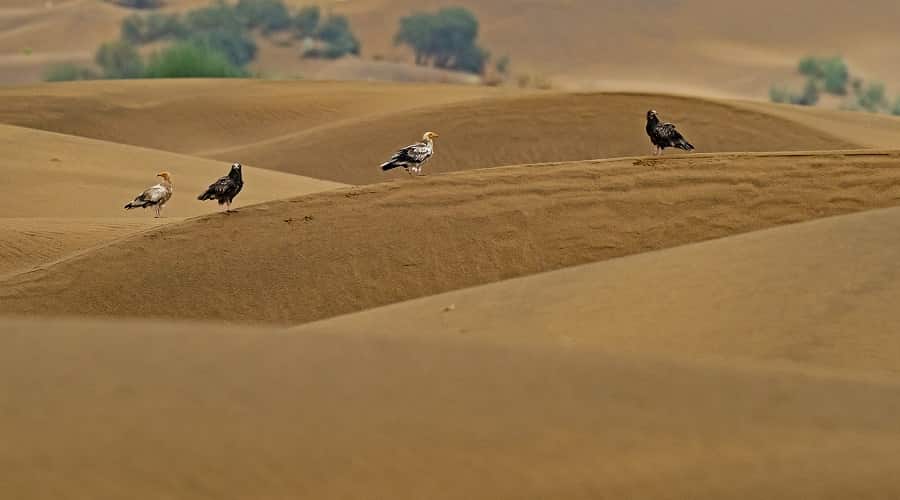
Desert National Park is one of the largest and famous National Parks in Rajasthan. It is located near the town of Jaisalmer and spread an area of 3162 sq km in the Thar Desert of Rajasthan. It is also a protected sanctuary and a perfect example of the desert ecosystem along with its diverse fauna. Further, 20 per cent of the park is constituted of sand dunes and the rest of part comprises of fixed dunes, intermedial areas, salt lake bottoms and craggy rocks.
The flora and fauna species of the desert national park is very different from all other wildlife sanctuaries in India. Some of the famous floral species here like Ronj, Khair, Rohira, Dhok, Khejri, Palm trees, Ber, Aak shrub and Sewan grass. On the other hands, the park also boasts some rare species of birds, mammals and reptiles. Further, to get a memorable experience from this site plan your trip to visit Desert National Park in between the month of November to January. One can also explore nearby tourist attraction around the park like Sam Sand Dune, Gadsisar Sagar Tank and Akal Wood Fossil Park.
Bharatpur Wildlife Sanctuary
- Area Covered: 29 sq. km.
- Founded in: 1985
- Entry Fees: Indian (50 Rs), foreign tourists (400Rs)
- Entry Time: 6.00am-6.00pm
- Best time to visit: October-March
- Accommodation: Hotel Bharatpur Ashok, Hotel Saras, Shanti Kunj, Birder’s Inn.
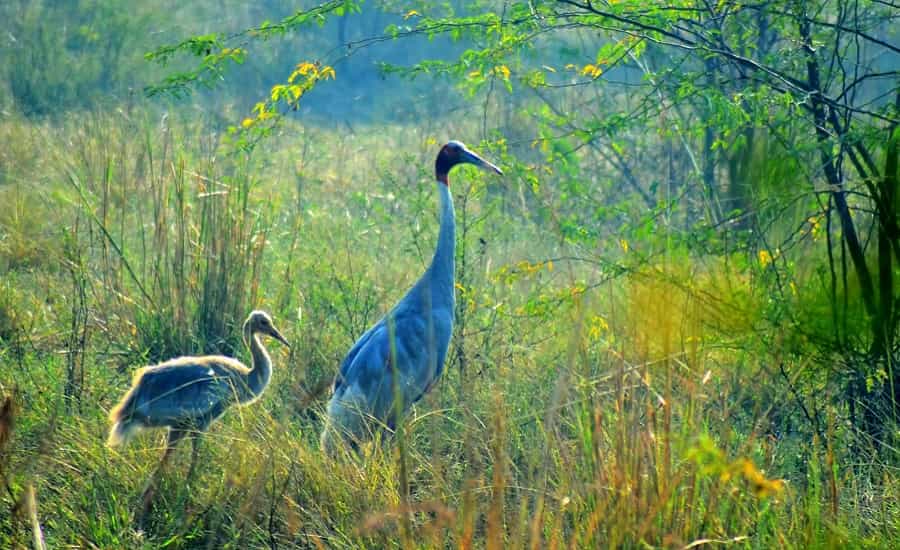
Bharatpur Wildlife sanctuary is declared to be a world heritage in 1985 and is the home to many birds and animals. This is the only habitat, which is created by a maharaja. It also known as Keoladeo Ghana National park, this name is derived from a Hindu temple dedicated to lord Shiva which stands at the centre of this park This park is known to be the world renowned for bird feeding and bird breeding grounds. It is also a very famous bird sanctuary.
Wildlife
Bharatpur wildlife sanctuary is known for its exotic bird sanctuary. Migratory birds like Pelicans, Eagles, Wagtails, Wheat eaters, Cranes, Buntings, Stints, Shanks, Pipits, Larks and many more bird are found. The-ravishing site of storks covering their chicks under their wings to protect from the sun. Saras cranes are known to be the most dominant bird found here.
The other animals spotted here are jungle cats, black bucks, sambar, nilgai, wild boars, civets, spotted dears, jungle cats, jackals, hares, otters, and fishing cats.
Other Attraction
As Rajasthan is the home for many forts and palaces. Bharatpur has the epitome of this title
- Lohagarh Fort: This fort remained unconquered for a long time despite several attempts.
- Bharatpur Palace: This museum gives the taste of Rajput and Mughal architecture
- Bharatpur Government Museum: This museum gives one the authentic taste of Bharatpur’s royal History.
- Deeg Palace: It is a very big palace, which houses other small palaces inside and was known to be the summer resort for the rulers.
Best Time to Visit
This sanctuary is opened throughout the year but the months between august till November is recommended, as it is the best time to glare migrant bird watching.
Forest trails are available which can be easily covered on a cycle, by walking and by hiring a rickshaw.
Boat trips are also available but in certain duration as early morning and late evening to uncover the wild beauty of Bharatpur Wildlife Sanctuary.
Mt. Abu Wildlife Sanctuary
- Area covered: 290 sq. km.
- Founded in: 1960
- Entry Fees: Indian (30Rs), Other than Indian (300Rs)
- Entry Time: 8.00 am- 5.00pm
- Best time to visit: October-March
- Accommodation: Hotel Mount Regency, Sunrise Palace, Palace Hotel Mount Abu etc.
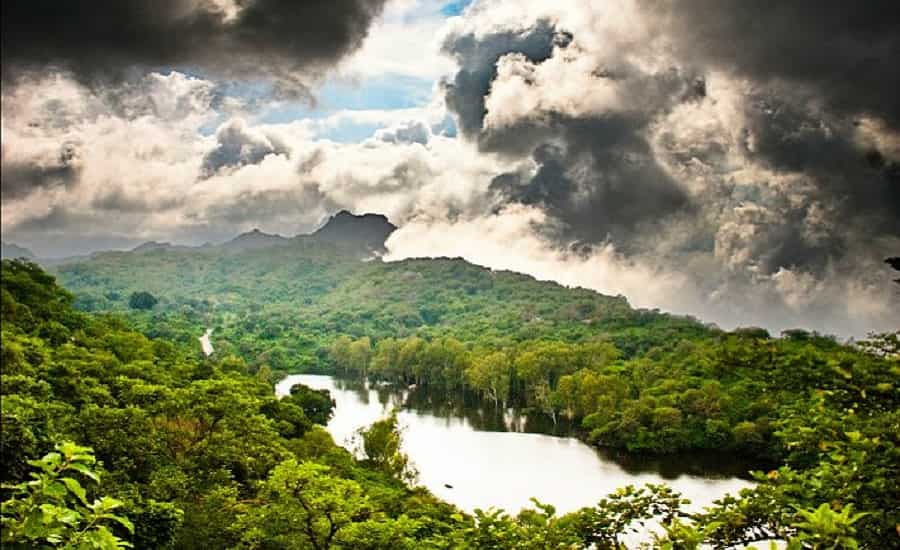
Mt Abu Wildlife Sanctuary is located at the foothills of Guru Shikar. This wildlife sanctuary has got wide range of flora and fauna with a good blend of wide number of species and rich natural environment. This sanctuary is great for the nature lovers as they can enjoy eco-tourism at this place. Mount Abu Wildlife Sanctuary is a sub-tropical thorn forest. There are 81 species of trees that can be found here and plants like wild roses, algae, orchids, bryophytes are quite commonly found over here. Because of the weathering of water and wind, the type of rocks found here are igneous having large cavities.
Wildlife
Animals
Animals like Hyena, Wild Boar, Indian Civet, Porcupine, Langoor, Jungle cat, Hedge dog, Jackal, Sambhar, Leopard, Wolf, Indian Fox, Small Indian Civet, Sloth Bear, Pangolin to name a few are found .Lions and Tigers also had been inhabitant of this place but they have been shifted to the Gir national park for their conservation .
Birds
over 250 species of birds can be seen, The Grey Jungle Fowl, which is a rare species is found here. Bird watching is one of the major attractions in the national park and carrying your binoculars is strictly recommended, as you never know where you can sight an interesting bird.
Other Attractions
Achalgarh Fort
This is a huge fort located at the hilltop built by the ruler of Mewar. The views from this fort is splendid and a very rich history beholds this fort.
Dilwara Jain Temple
Dilwara Jain Temple is a very famous Jain pilgrimage place built around 11-13th century. The temple comprises of five marble temples and Vimal Vasahi Temple being the oldest is very famous for its splendid Jain architecture.
Mount Abu Museum
Govt. Museum Mount Abu treasures a lot of architecture from the 6th-12th AD and one can get splendid views of the statues of devdasi, miniature paintings, musical instruments etc.
Guru Shikhar Mount Abu
This is also a pilgrimage site and the highest point of the Aravali Mountain
There are many more places worth visiting in Mount Abu.
Van Vihar Wildlife Sanctuary
- Area covered: 59.86 sqkm
- Founded in: 1955
- Entry Fees: Indian (15Rs), foreigners (200Rs)
- Entry Time: 6.00 AM-6.00 PM
- Best time to visit: September-mid winter
- Accommodation: Royal Hunting Lodge, Hotel Pearl Palace, Park Prime Hotel etc
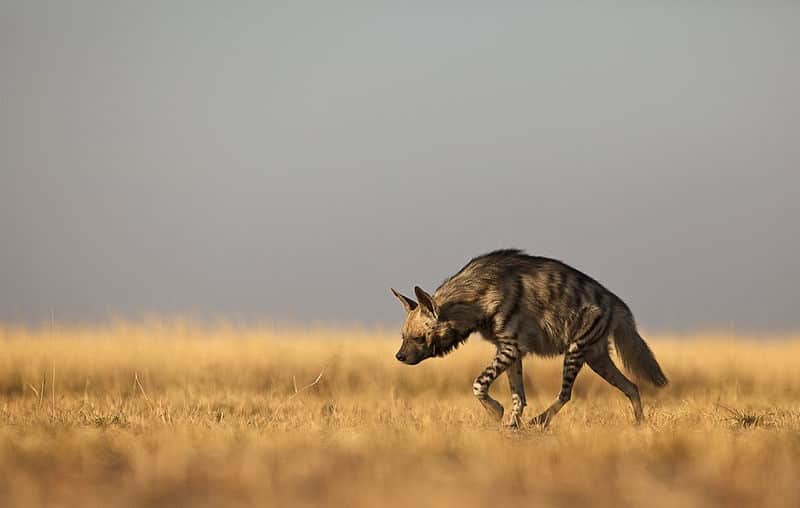
Van Vihar as the name suggests it is the hub of animals. Van Vihar National Park draws many tourists annually as this is one of the park were animals are kept in their natural habitat and are not disturbed .This place is like an asylum for the animals and birds. The sanctuary has given shelter to many animals. Ramsagar and Van Vihar are some of the ancient wildlife sanctuaries, which sprawl within an area of (59.86sqkms) and was reported as a reserve by the Government of Rajasthan in the year 1955. Van Vihar Wildlife Sanctuary is approximately 18kms away from Ramsagar and Dholpur. Van Vihar Wildlife Sanctuary is situated on the Vindhyan Plateau and boosts the growth of some of the major trees like Khair and Dhok Trees. The wildlife sanctuary of Van Vihar had Tigers until the year 1960.It is believed that The Raja of Dholpur, Maharaja Udaybhan Singh was an animal lover and he used to personally feed animals like antelopes, foxes, deers, jackals, and birds. This sanctuary was constructed by the rulers of this place and now been maintained by Forest Department. Ramsagar sanctuary is also a part of this sanctuary. The Ramsagar Lake is a beautiful Lakes and chains prosperous aquatic life counting freshwater crocodiles, snakes and number of fishes.
Wildlife
Animals
The one interested in wildlife will have a gala time at Van Vihar National Park where you can closely trace the movements of Herbivorous and carnivorous animals like Sloth Bear, Leopards, Blue Bulls, White Tigers, Chitals, Wild Boars, Antelopes Hyenas, Sambars White breasted water hen, Jacanas, Neelgai, Chousingha, Crocodiles, Tigers, Alligators, White Bears and many more.
Birds
There are about 200 species of birds but you can commonly hear the sweet and mesmerizing voice of birds like White Breasted Water Hen, jacanas, Ringed Plover, Purple Herons, Grey Herons, Munias, Wagtails, Peacocks, Cormorants, Stilt, Darter etc. So do not forget to take your cameras and binoculars, as you never know where you will spot an interesting animal.
The luscious green setting of this sanctuary gives you a feeling of eternal peace and solace.
Some of the popular trees, which you will find here, include Dhok, Khair, and Teak.
Other Attraction
Talab Shahi
This place is approximately 40kms away from Dholpur and is a historic and picturesque lake. The palace as well as the lake was constructed in the year 1617 as a gunfire lodge for King Shah Jahan.
Darrah National Park
- Placement: Kota, Rajasthan
- Area covered: 250 sq km
- Founded in: 2004
- Entry Fees: Indian (75Rs), Other than Indian (200Rs)
- Entry Time: 10.00 AM- 5.00 PM
- Best time to visit: October-March
- Accommodation: Darrah House, Darrah guesthouse, Etc.
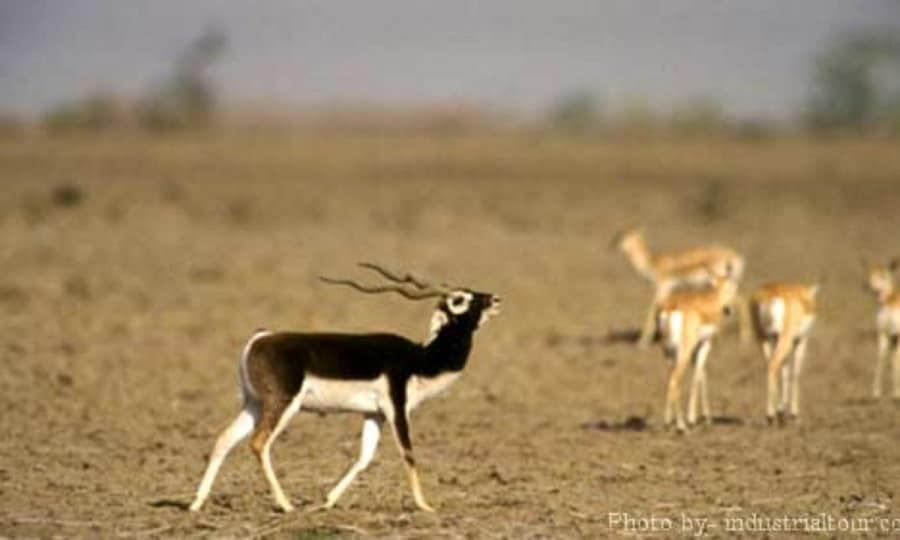
Darrah National Park was once the hunting ground of the Maharajas and now one of the major tourist attraction. This park is fiercely wooded and stands over a hillock on the South-Eastern Mukundara hill ranges. The visitors need to get permission from the forest authorities to visit this park.
Wildlife
Animals
Wild boars, Antelopes, Sambars, Spotted Deer’s, Bears, Leopards, Panthers, Chinkara, Sloth bear are found. This Park is sometimes closed due to incessant rain.
Birds
There are 266 major bird attraction found and the sight of them will surely be a virtual treat for your eyes
There are many rare medicinal herbs found in this park and you will find green eternal solaces in the blend of the long shrub tees. There are various Jungle Safaris and treks available here. So all the way, you will have a gala time in this park.
Other Attractions
Other than the wildlife you can also peek a boo into the ancient past of Rajasthan. There are arrays of ancient temples, forts and palaces near Darrah National Park.
The Jhalwar Fort known for its magnificent structure. The Zanana Khas is the main attraction of the fort.
Jhalrapatan
This is a 10th century temple which has unearthed the ruins of ancient sun temple. It’s a must visit for the history buffs.
There are also some splendid ancient temples on the banks of the Chandrabhaga River, which are worth visiting.
So these are some famous wildlife Sanctuaries in Rajasthan along with a list of top National Parks in Rajasthan. Wildlife reserve in Rajasthan famous for its unique flora and fauna if we compared them to other wildlife sanctuaries in the Country. So have a great holiday vacation in Rajasthan by exploring all the above-mention wildlife reserve sites.
